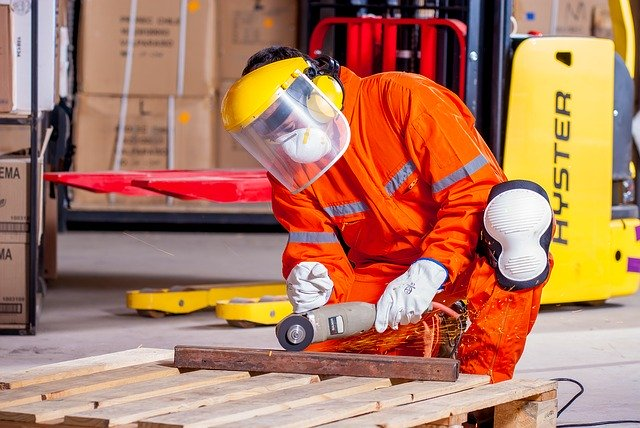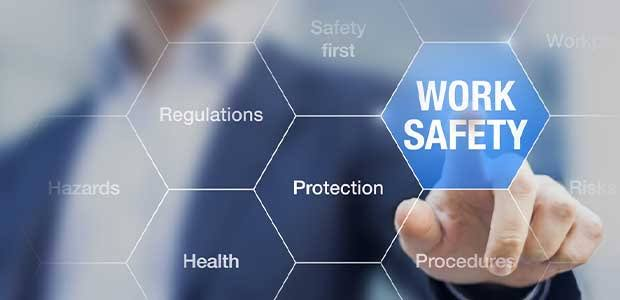Workers’ health and safety are of the utmost importance in industrial settings. Every action taken is crucial to maintaining a safe workplace, from identifying potential hazards to implementing emergency response plans.
Industrial safety guides give comprehensive frameworks and rules to guarantee that organizations can explore processes effectively. In this article, we will explore the journey from risk identification to emergency response and how industrial safety guides act as priceless assets for each step.
Identifying Hazards: A Step-by-Step Guide to Industrial Safety
A methodical approach to identifying workplace hazards is provided by industrial safety guides. These guides guarantee that no risks go unnoticed by providing checklists, methods for risk assessment, and best practices.
Physical hazards like slippery floors and defective machinery to chemical exposures and ergonomic issues, industrial safety guides enable organizations to precisely lead careful assessments and archive possible risks.
-
Implementing Safety Measures from Industrial Safety Guides
Whenever dangers are distinguished, the following critical step is carrying out suitable wellbeing measures to forestall mishaps. The implementation of engineering controls, administrative controls, and personal protective equipment (PPE) are all covered in detail in industrial safety guides.
Businesses can prevent risks and create a safer working environment by following these guidelines. Industrial safety guides provide a road map for accident prevention by installing safety guards like electrical safety guides on machinery, establishing clear procedures for handling hazardous materials, and ensuring that employees have access to the necessary protective gear.

From Hazard Identification to Emergency Response: Industrial Safety Guides for Every Step
Creating an Emergency Response Plan: Guidelines from Industrial Safety Guides
Regardless of how proactive an association is in hazard identification and mishap prevention, crises can in any case happen. Industrial safety guides play a crucial role in the development of efficient plans for responding to emergencies in this setting.
These aides give organizations rules for creating comprehensive plans that incorporate evacuation strategies, communication protocols, and assigned emergency personnel.
By following the proposals outlined in the guides, organizations can guarantee that representatives are ready to answer quickly and actually in crisis circumstances, limiting possible wounds and harms.
-
Enforcing Safety Protocols with Industrial Safety Guides
Maintaining a culture of safety in industrial settings necessitates thorough training as well as efficient communication. The use of signage, safety meetings, and reporting mechanisms are just a few of the clear safety communication strategies that can be developed with the help of industrial safety guides. Besides, these aides provide insights into directing normal instructional courses in light of industry best practices.
Businesses can increase safety awareness, reinforce safety protocols, and provide employees with the knowledge and skills necessary to respond to safety hazards by incorporating the recommendations from industrial safety guides.
Reviewing and Updating Industrial Safety Guides
Safety protocols and guidelines are continually developing, making it urgent for organizations to audit and refresh their industrial safety guides regularly. These guides act as the need might arise to reflect changes in industry norms, advancements, and best practices.
Businesses can guarantee that their industrial safety guides are up to date and effective at addressing emerging hazards by regularly carrying out safety audits, assessments, and including employees in the process of improvement.
Continuous improvement upgrades working environment security as well as encourages a culture of cautiousness and cooperation among representatives.
Conclusion
Industrial safety guides are essential resources for businesses aiming to maintain a safe workplace, covering everything from hazard identification to emergency response. By giving bit by bit direction, these aides empower associations to recognize possible dangers, carry out preventive measures, and foster viable emergency response plans.
Communication and training are emphasized, and continuous improvement is encouraged. Businesses can demonstrate their dedication to worker safety, lessen the number of accidents that occur, and foster a culture of safety that is beneficial to all parties by incorporating the suggestions that are provided in industrial safety guides.




















Comments